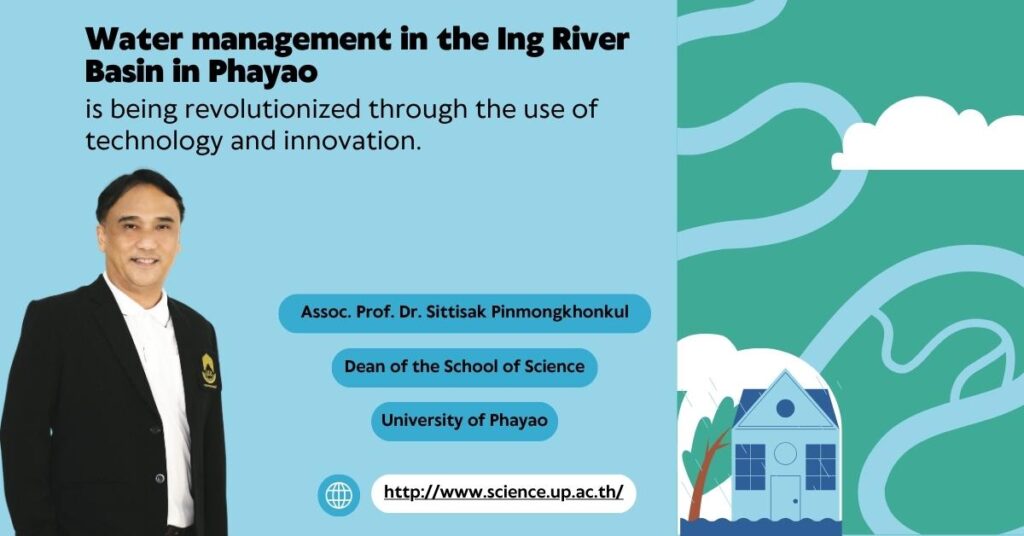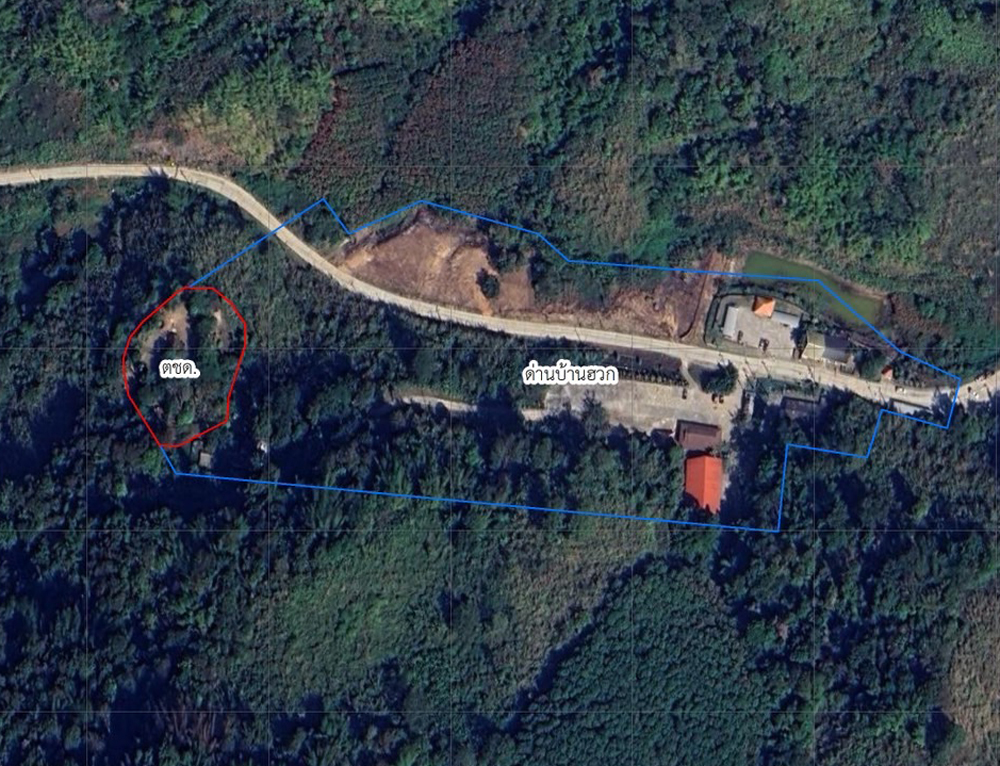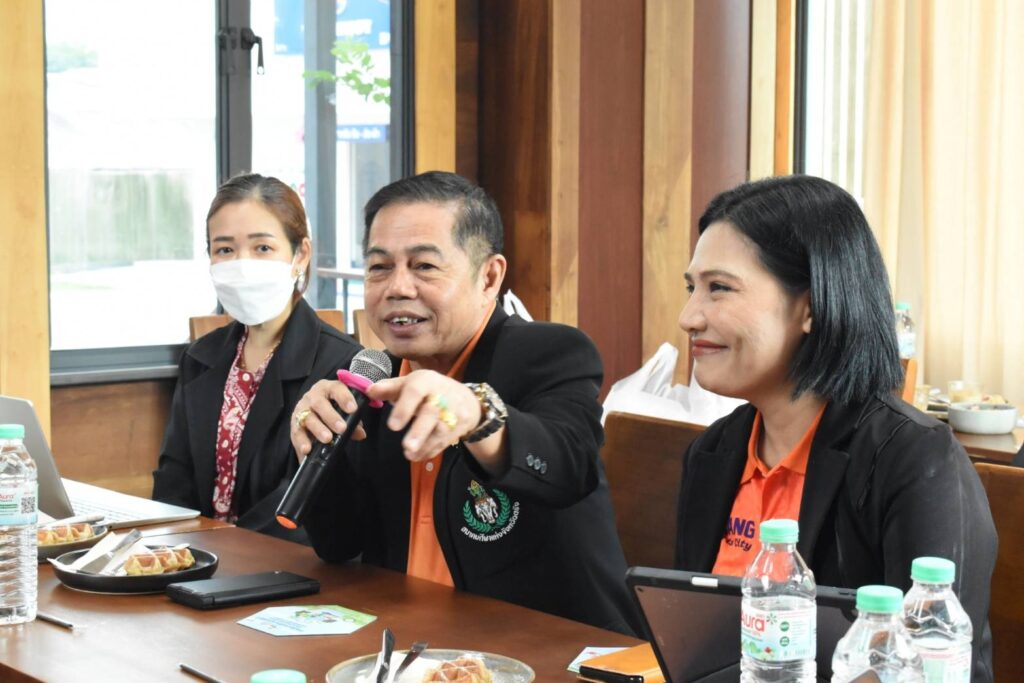
The Ing River Basin, located in Phayao and Chiang Rai provinces, is a tributary basin of the Mekong River, covering an area of 7,388 square kilometers. However, the management of water in this basin is faced with numerous challenges, such as water scarcity during the dry season, flooding in the rainy season, and poor water quality. These issues have a direct impact on the agricultural areas that depend on the water from the Ing River Basin.
Problems and Challenges
The Ing River Basin faces three main challenges: water shortages during the dry season, flooding in the rainy season, and water quality issues. Previous water management efforts have been lacking in a systematic approach, resulting in fragmented and urgent problems, particularly drought and flooding. These issues have had a significant impact on agricultural areas in multiple districts of Phayao and Chiang Rai. Additionally, unpredictable climate changes have further exacerbated the situation.
Water Management with Technology and Innovation
To effectively address the water management issues in the Ing River Basin, it is crucial to integrate technology and innovation that are tailored to the specific needs and context of the basin. This requires a systematic approach that addresses the root causes of the issues and ensures that any development is well-suited to the local context.
The Integrated Research Working Group at the University of Phayao has conducted extensive research on various aspects of the basin. This includes analyzing and forecasting water volume, understanding the water needs of upstream areas, conserving and restoring watershed forests, and increasing forested regions. They have also developed systems and disaster warning centers and responses using micrometeorology technology, studied water quality in Kwan Phayao and wastewater sources, and created a water quality reporting system. Additionally, they have developed technology for modern water management, fisheries, and tourism, as well as conducted legal and policy analysis to guide agricultural water resource management in the Ing River Basin. Furthermore, they have implemented artificial groundwater recharge systems to enhance groundwater management capabilities. The use of technology and innovation in water management includes:
1. Geographic Information Systems (GIS), Satellite Systems, and Unmanned Aerial Vehicles (UAVs/Drones): These tools are utilized to survey land use and identify suitable areas for water source development.
2. Hydrogeology Technology: This technology aids in the development of groundwater sources and the recharge of groundwater. It also helps to raise groundwater levels through the reuse and recycling of surface runoff water. Geophysical surveys are used to assess groundwater potential, ensuring cost-effectiveness of projects.
3. Application Development: Tools have been created to collect data on water sources, repairs, and development, making information easily accessible to stakeholders.
4. Environmental and Resource Development Technology: Efforts to restore ecosystems, such as building check dams in upstream forests, and implementing suitable agricultural and fisheries technologies, are aligned with local water availability and quality.
The participation of all sectors in Phayao province has been crucial in the success of each project. The data collected has been used to formulate concrete policies and measures to address problems and promote sustainable social, economic, and environmental development.
By Associate Professor Dr. Sittisak Pinmongkhonkul
Dean of the School of Science, University of Phayao
.jpg)
.jpg)



